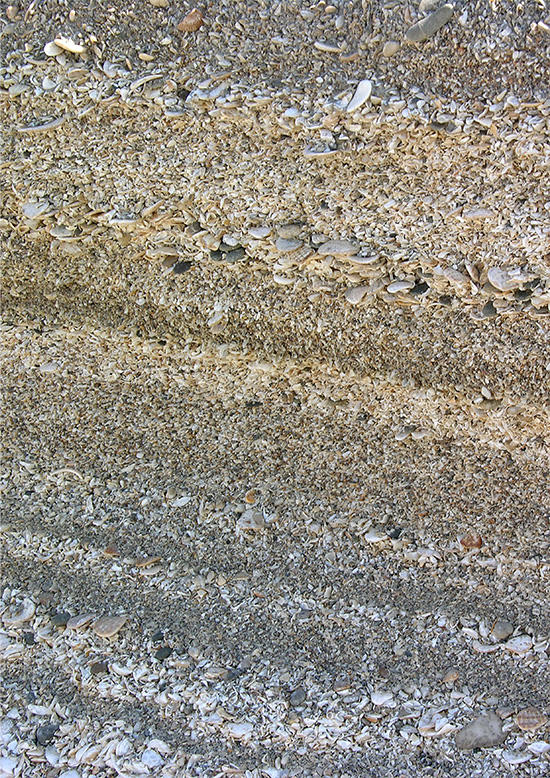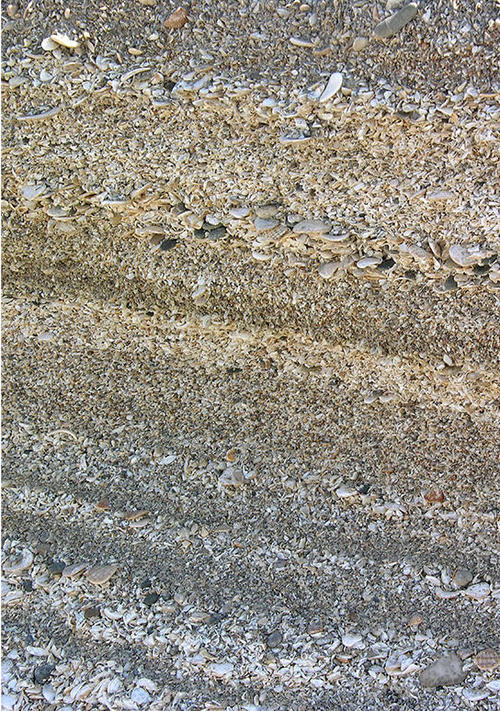The Caspian Sea
From the series: "Europe's Forgotten Coasts" (ARTE). Based on research within the DFG projects “Evolutionary ecology and biogeography of gastropods of the Caspian Sea”
May 31, 2021
The Caspian Sea
First broadcast on ARTE: January 28, 2005, 7:00 p.m., 45 minutes
Author: Tilo Hoffmann
Based on research within the DFG projects “Evolutionary ecology and biogeography of the gastropods of the Caspian Sea” (together with Prof. Dr. Klaus Bandel, University of Hamburg) and “The phylogeography of the Pyrgulidae (Gastropoda): Evolutionary processes reflected in paleogeographic dynamics the central and eastern paratethyal or the Ponto-Caspian region and the northeastern Mediterranean” (together with Prof. Dr. Thomas Wilke, University of Giessen)
Scientific background and content of the film
The Caspian Sea, located at the intersection of Europe and Asia, is the largest lake and one of the oldest on our planet and the only one that was once part of an ocean. It is home to exceptional fauna and flora, over a thousand species that are only found here. The most striking animals, in addition to the Caspian seal, are the seven species of sturgeon, which are of great importance for the economy: around 90% of the caviar produced worldwide comes from the Caspian Sea, a billion-dollar business that is, however, about to end. The exploitation of the vast oil and gas reserves beneath the Caspian Sea, with little to no consideration for the ecosystem, pushes all other interests aside. The looming ecological catastrophe can hardly be stopped. Environmental pollution is not the only problem: the ecological network that has developed over millions of years is being permanently disrupted by alien species introduced via ships. The collapse of large parts of the food web is in full swing, and scientists in neighboring countries are unable to conduct research without political influence to uncover the connections. Research funding is only available if the results are acceptable. An international expedition, led by Frank Riedel, is moving in this area of tension and, without any political control, wants to outline the actual ecological condition of the Caspian Sea. The film does not show how the team of scientists - despite all the permissions - were permanently hindered in their work by the army and secret service (explosion on the intended expedition ship, arrest, search, confiscation), but it manages to do so, despite all adversities To tell the lives of the people of Dagestan and Russia with the lake and the Volga Delta, to paint a picture of the state of the Caspian Sea on the forgotten coast of Europe.
Reach and audience reactions
The film was broadcast for the first time on ARTE on a Friday evening at prime time and reached around 300,000 viewers. Since then it has been repeated comparatively frequently on ARTE, Phoenix and the third ARD channels, most recently in October 2007. The number of audience reactions was significantly lower than for the aforementioned films. The film was viewed mostly positively. Some viewers would have liked to see a stronger focus on the scientists, which was not possible due to the problems suggested.

Sedimentary sequences of the Caspian Sea, which were formed in the shore area over the course of thousands of years and now lie above the current coast due to regional uplift of the earth's crust (F. Riedel 2006).
